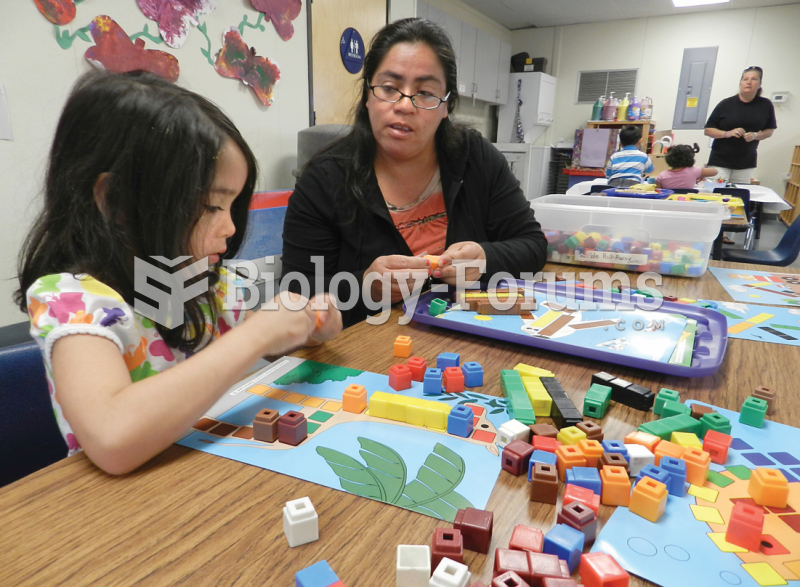|
|
|
The average human gut is home to perhaps 500 to 1,000 different species of bacteria.
The average adult has about 21 square feet of skin.
In 1835 it was discovered that a disease of silkworms known as muscardine could be transferred from one silkworm to another, and was caused by a fungus.
When Gabriel Fahrenheit invented the first mercury thermometer, he called "zero degrees" the lowest temperature he was able to attain with a mixture of ice and salt. For the upper point of his scale, he used 96°, which he measured as normal human body temperature (we know it to be 98.6° today because of more accurate thermometers).
For pediatric patients, intravenous fluids are the most commonly cited products involved in medication errors that are reported to the USP.







